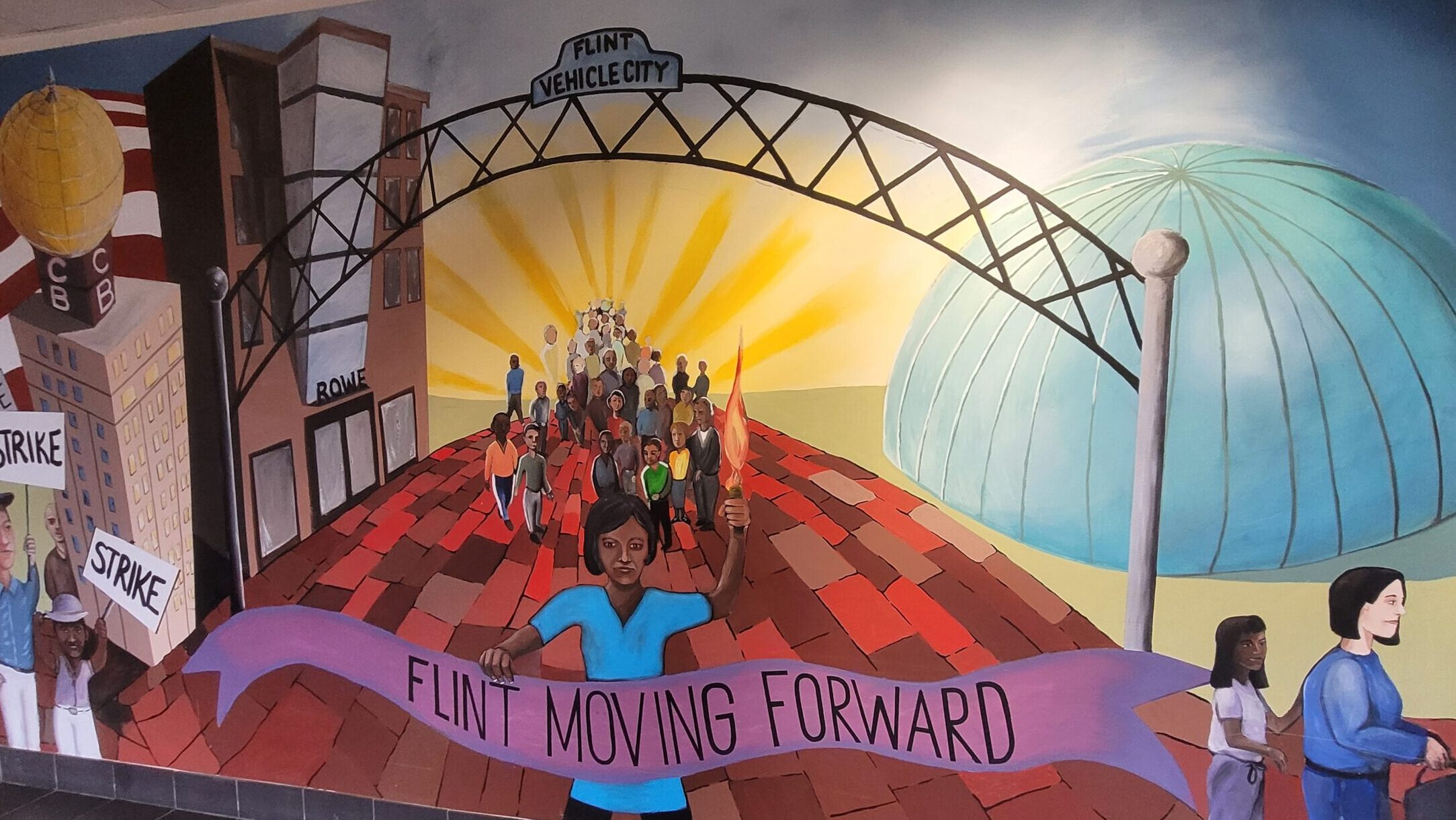On a British chat show, Charles Aznavour said he wanted to live until he was 120, “at least.” He almost made it. He was still working, 94 years old, when he passed away last week.
When the French Culture Ministry made the announcement, the world let out a great collective sigh, knowing that another part of a disappearing cultural era had disappeared. For most of the world, he was the last of the great chanteurs, indelibly tied to a grand era. You can show it with numbers: he sold over 100 million records in 80 countries, appeared in more than 60 films, and had written more than 1,000 songs, at least according to him. Beyond the numbers, there are the names; part of Edith Piaf’s inner circle, Aznavour collaborated with the likes of Frank Sinatra, Bob Dylan, Ray Charles, Liza Minnelli, and Tom Jones. And so, at his death, Justin Trudeau sent condolences, as did Lenny Kravitz, Morrissey, and Quincy Jones. Newspaper tributes cited the time Bob Dylan told Rolling Stone that seeing Aznavour in the sixties at Carnegie Hall “just blew my brains out.”
In Los Angeles, where he had gotten a star on the Hollywood Walk of Fame last year, fans gathered with flowers to pay their last respects. But if his name stirs up anything in particular for the American public at large, it’s probably by association, as when Elvis Costello revived his most famous composition, “She,” in 1999’s Notting Hill. There have been other associations; Aznavour appeared on the Muppet Show in 1997 to teach Kermit how to be a ladies’ man, for example, and his song “Parce Que Tu Crois” was sampled in Dr. Dre’s “What’s the Difference,” featuring Eminem and Xzibit.
To the Armenian diaspora, he is seared into memories and entwined in our lives in a way that goes far beyond music or celebrity. One of us had died. If he was celebrated across Europe and the Middle East for his music, Armenians saw reflections of our own families in his trauma and triumphs. His story was our story: when we looked at him or heard him, we saw ourselves, where we came from, and what we aspired to accomplish.
Shahnour Varenagh Aznavourian was born to refugees who escaped the Armenian Genocide, the event that flung a community into every crevice of the world you can imagine. Charles Aznavour would grow up in poverty in Paris, watching his parents, entertainers, cobble together a living by opening a restaurant in the French capital after their visa to America never came. According to his NYT obituary, his father went broke feeding fellow Armenian refugees in his restaurant. During the Nazi occupation of France, Aznavour sold chocolate and fake silk stockings to Nazi soldiers by day, while hiding Jews, Armenians, draft deserters, and other fugitives in their tiny Paris apartment.
His lyrics would reflect these experiences: “I knew the chains/I knew the wound/I knew the hate/I knew the hurt/ the thirst and hunger/I knew the fear/from one day to the next,” he sang in “J’ai Connu.”
In “Ils Sont Tombes” (They Fell), he sang about the anguish of the genocide: “While people were languishing in their blood, Europe discovered jazz and its music/The sound of trumpets covered the cries of their children/They fell modestly without noise/By thousands, by millions, without the world moving.”
Through nostalgia and longing, his melancholy lyrics would always reflect the experience of the marginalized: in “Mon Émouvant Amour” (Quiet Love), he sang about the deaf; in “Comme Ils Disent (What Makes a Man), he described the life of a gay drag queen; and in one of his most famous songs, “La Boheme,” he recalled the days of a starving artist in the Montmartre district of Paris.
“Before Aznavour, despair was unpopular,” French filmmaker Jean Cocteau once said.
His songs have been everywhere where Armenians are, in every moment of life and death. They have been at weddings, on the cassette tapes that parents play in the car, in the background at restaurants, and at the grocery store as you made your way through a bevy of grandmothers poking at saran-wrapped chicken breasts for freshness. His songs have played in the secret spaces where immigrant communities live and dream; if you were of Armenian descent, you couldn’t escape him if you tried.
There were few things a fragmented, complex diaspora could wholly agree on; Charles Aznavour was one of them, straddling East and West like so many of us. He was a native son of France, immersed in his French identity; he was integral to an international Armenian national family, spread from Australia to Ethiopia to California. He said he felt “totally French,” when asked, but he couldn’t hide his Armenian-ness if he tried (and sometimes he did try). It was in his thick, bushy eyebrows and his deep set, brown eyes; it was in his nose, despite the nose job he got at the urging of Edith Piaf. After the operation, she declared that she liked his old one better. She was not the only one.
After the 1988 Spitak earthquake which devastated the small (then-Soviet) country of Armenia, he wrote “Pour toi Arménie” to raise funds for victims. He visited frequently over the years; after independence in 1991, a football club in the north renamed itself Aznavour FC (though it dissolved in 1997). Today, a square in the capital is named after him and a Charles Aznavour Museum opened in Yerevan, in 2001.
When the news of his passing broke, Armenia’s Prime Minister named a “national day of mourning” to take place on the day of his funeral; every channel of my social media was filled with stories and memories from every corner of the Armenian diaspora, photos of his visits to communities in Beirut, Tehran, Boston, and Los Angeles alongside memories of how his music had been with people at significant points in their lives, be it a first dance at a wedding, unforgettable concerts, or memories of the music that filled their homes as young children. Friends shared their encounters with him, a secret smile that they once exchanged, a conversation about his love of cameras, or advice he offered at an award show. They remembered how his name evoked familiarity, even a tinge of respect, in places in the world where you could save yourself the energy of explaining Armenian diasporic identity just by uttering the word “Aznavour.”
And now, I am remembering my own my chance encounter with him, ten years ago in Montreal. In a five-story shopping mall in downtown Montreal that sees 14 million visitors a year–of all the places in the world, of all the times–I stopped to get a drink in the same cafe in the same mall as Aznavour.
He was wearing a cream-colored suit, accompanied by a friend who I only remember was carrying a black suitcase and holding a chunky cigar between his fingers. Aznavour was seated at a table, drinking an espresso.
I hesitated.
After long, excruciating minutes, I got the nerve to walk over and say hello. And he was gracious, but shy. He must have thought he’d melt into anonymity in a Montreal mall, and he would have, if it wasn’t for me, a pesky young over-excited Armenian-American on vacation. He’d have drifted effortlessly amongst the shops without being bothered.
But he was monumental; if he hovered around 5’3”, he was larger than life and I had grown up listening to him, his voice, his face, and his existence a permanent fixture in every space I occupied. How could I not notice? How could I miss the opportunity?
I took a quick photo with him–now lost to a now-defunct iPhone–and off we went on our separate ways. But everyone I told–from relatives grown up on his music to friends my own age who discovered their parents’ records–shared my excitement. To anyone else, it could have just been a picture with a man that looked like my grandfather.
“We live long, we Armenians,” Aznavour once said. And it felt like he’d be around forever, that he was immortal. To us, he is.
Liana Aghajanian





